Stone fruits, also known as drupes, are a fascinating category of fruit defined by their hard, stone-like seed at the center—surrounded by sweet, juicy flesh. From everyday favorites like peaches and cherries to more exotic varieties like mangosteen and velvet tamarind, stone fruits span a wide range of flavors, textures, and origins.
What sets them apart botanically is that they develop from a single ovary and contain just one seed encased in a hardened endocarp (the “stone”). This makes them quite different from fruits with multiple seeds or internal segmentations.
Almond 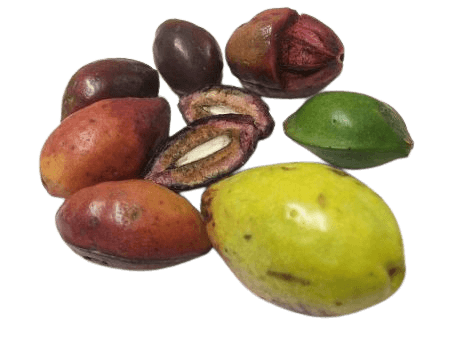 |
Apricot 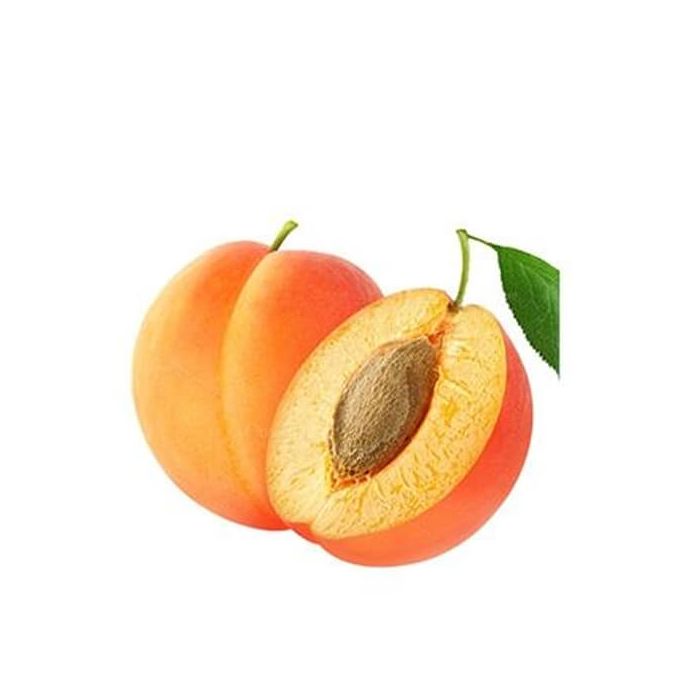 |
Avocado 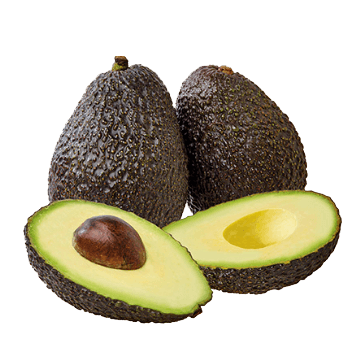 |
Black Cherry 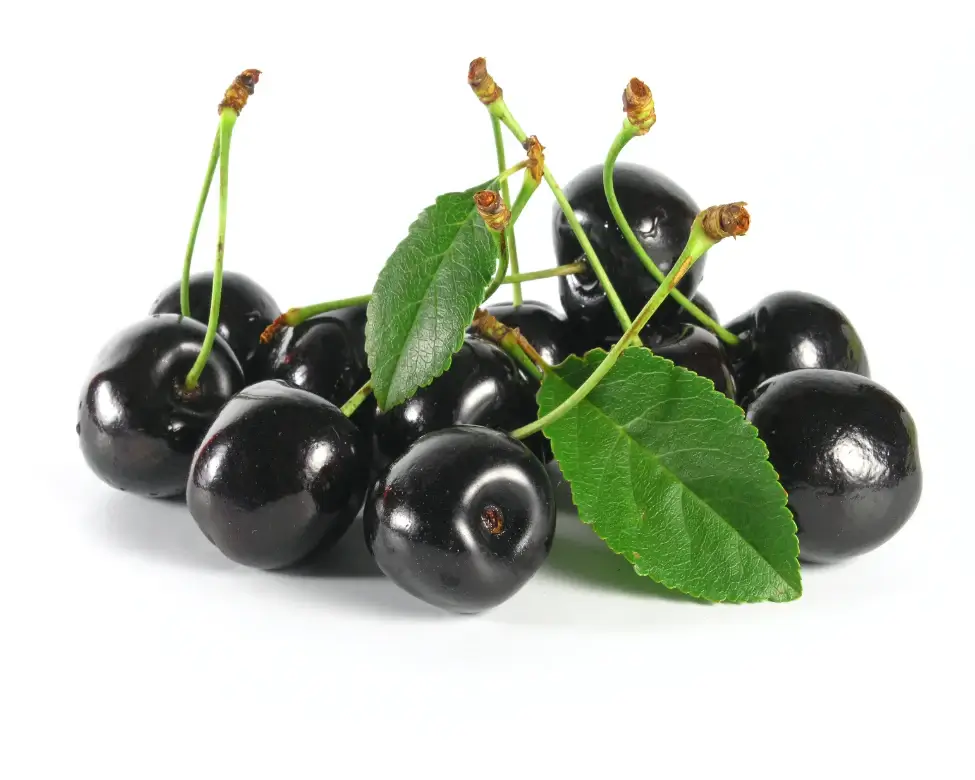 |
Black Plum 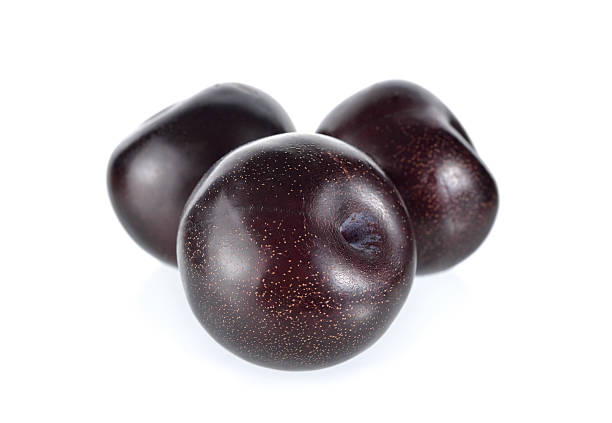 |
Aprium 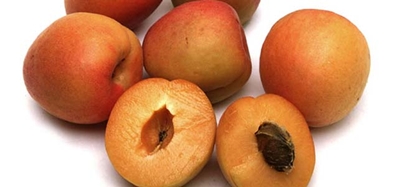 |
Cherry 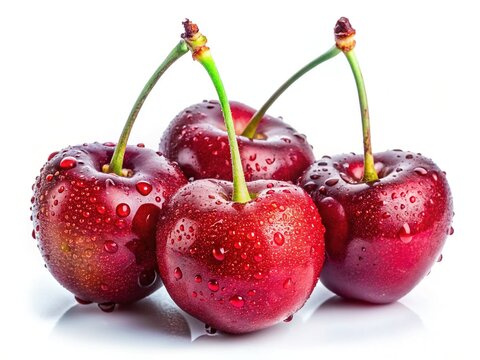 |
Chokecherry 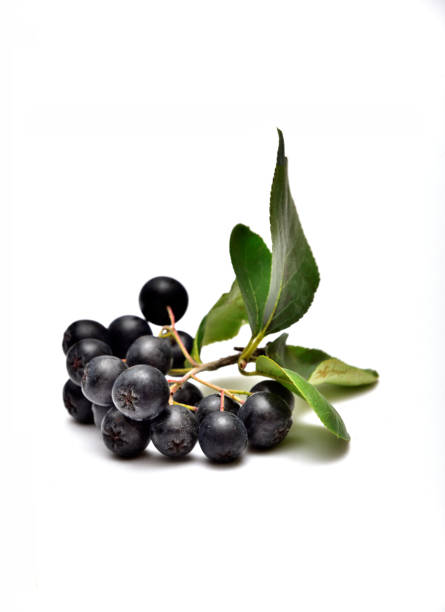 |
Coconut 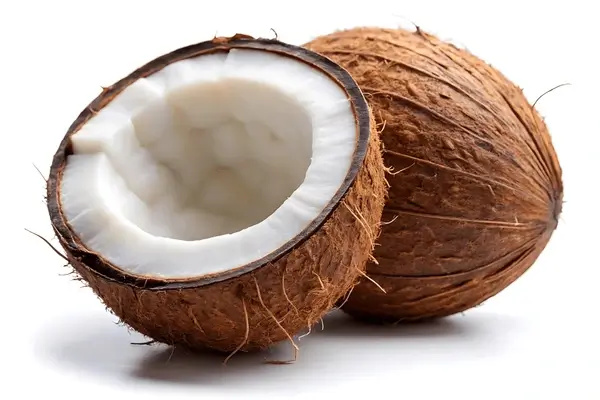 |
Damson 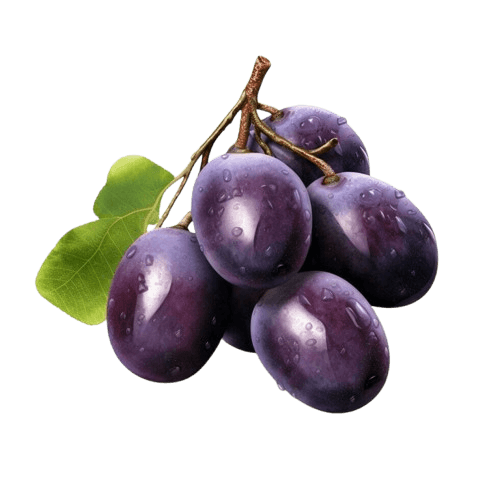 |
Date 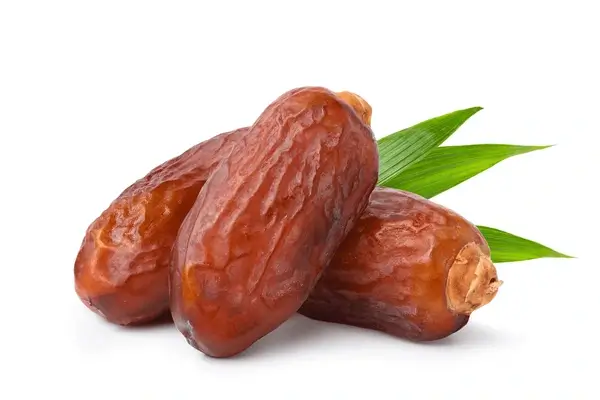 |
Dewberry 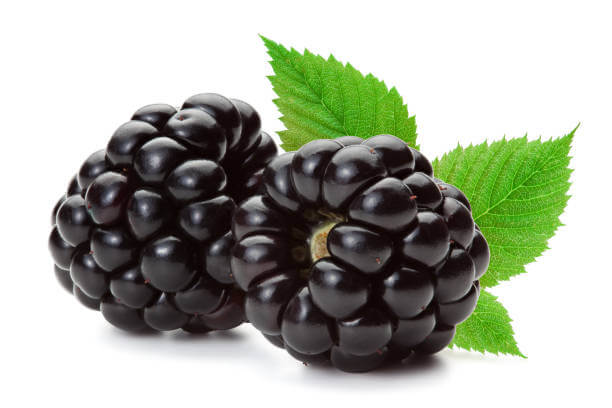 |
Flatwoods Plum 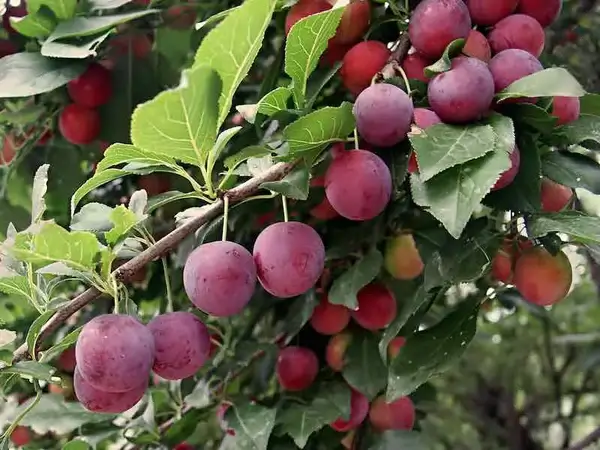 |
Governor’s Plum 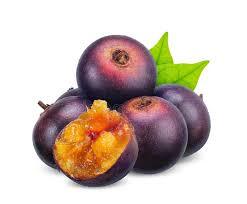 |
Hackberry 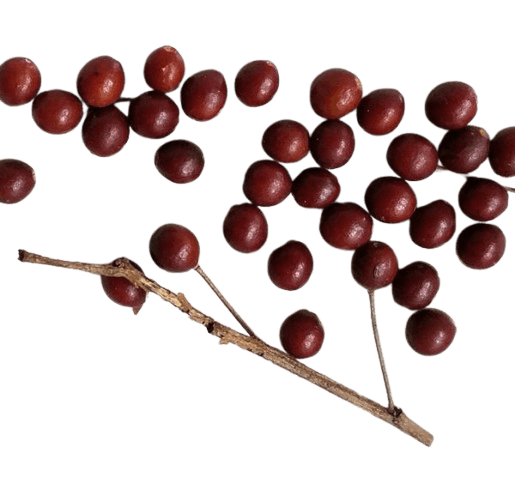 |
Italian Prune Plums 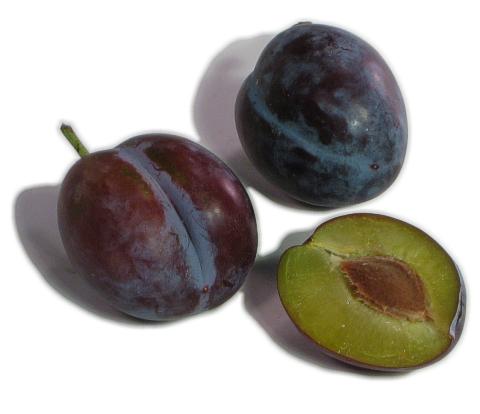 |
Jocote 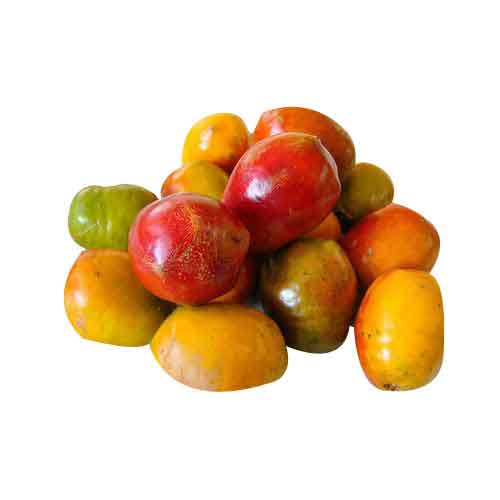 |
Jujube 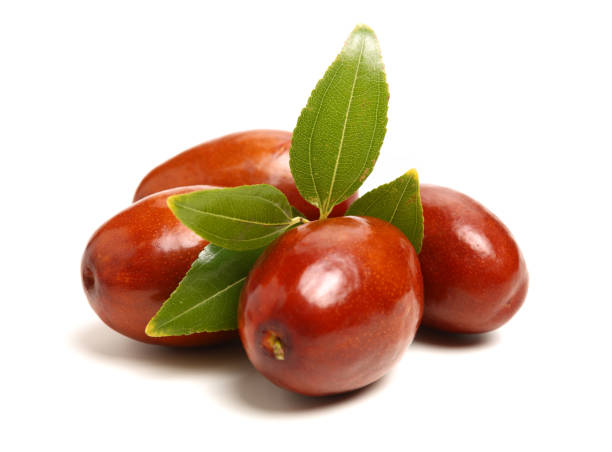 |
Kei Apple 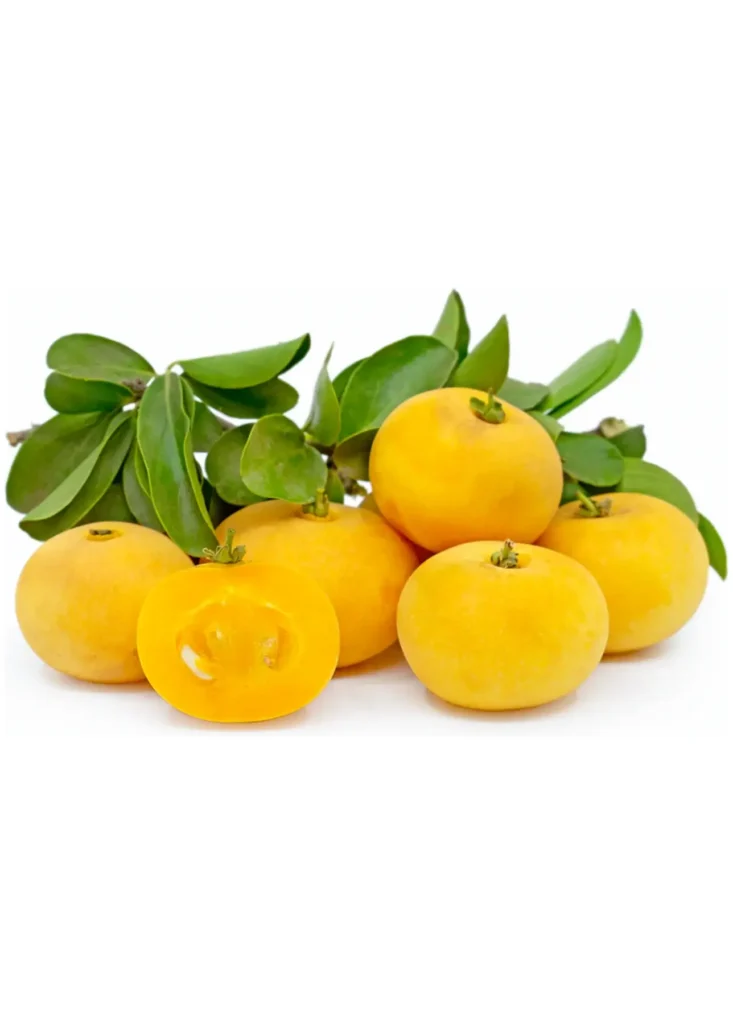 |
Mango 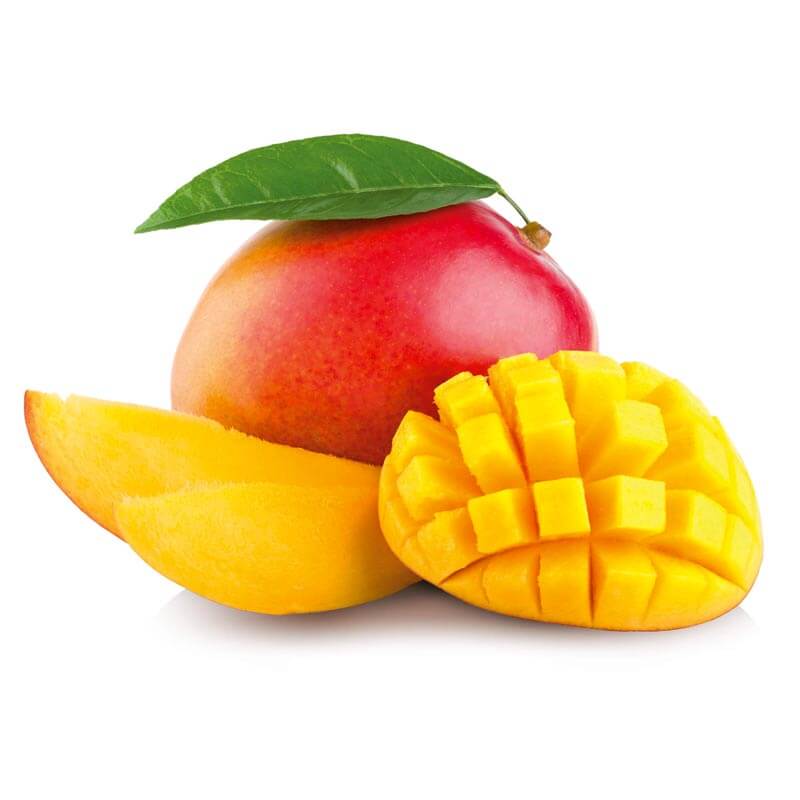 |
Mangosteen 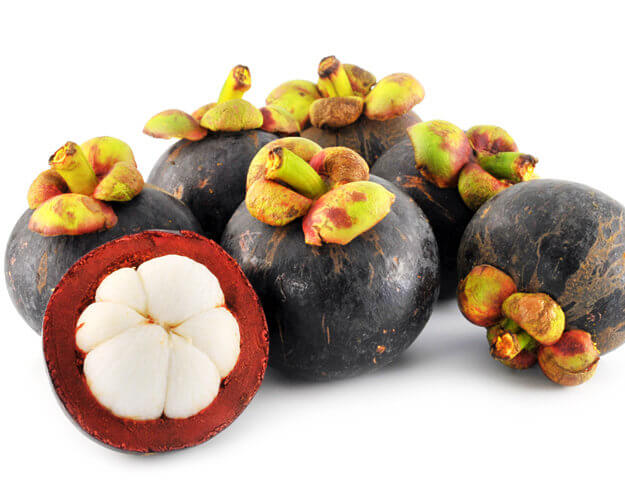 |
Mirabelle Plum 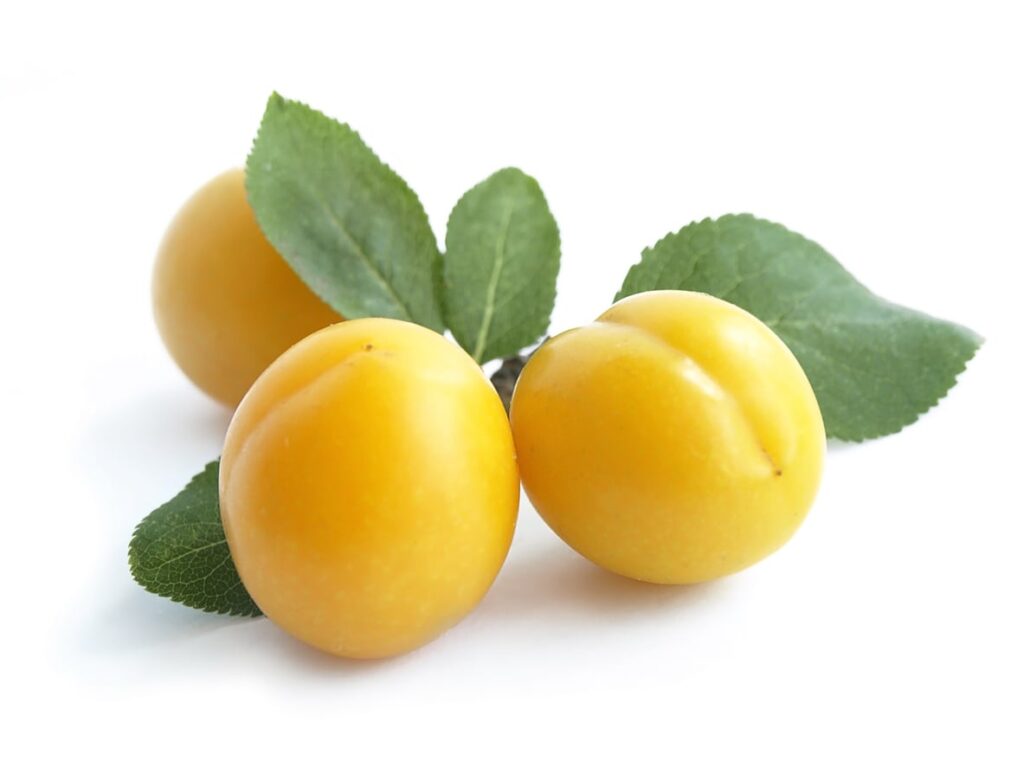 |
Nectarine 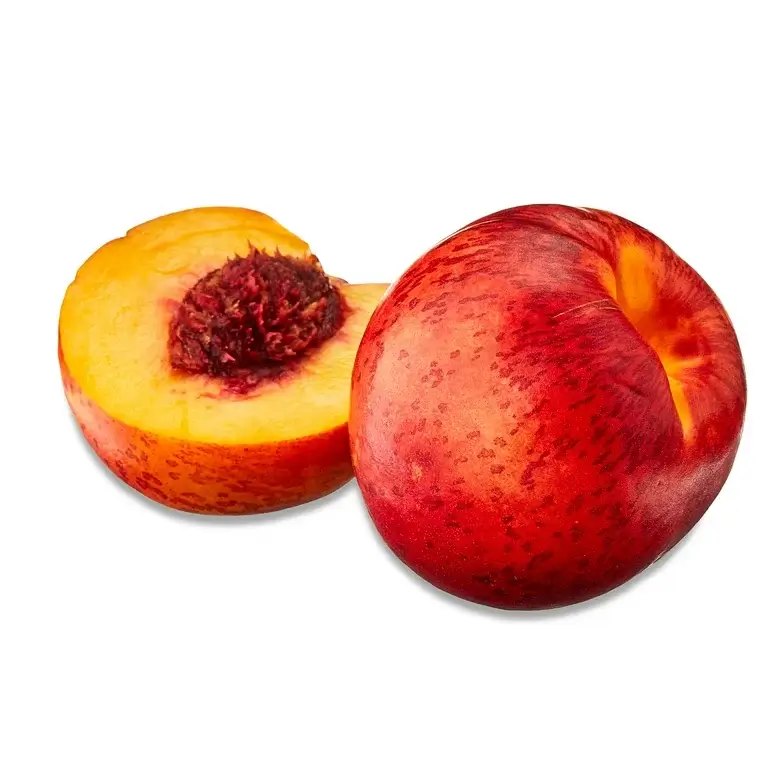 |
Olive 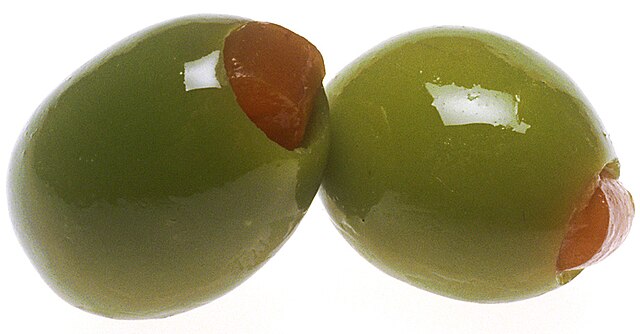 |
Peach 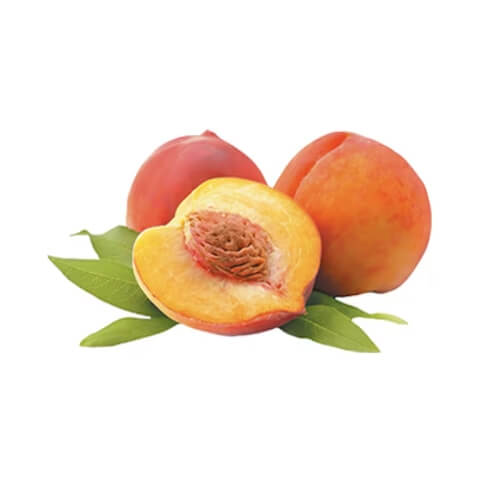 |
Plum 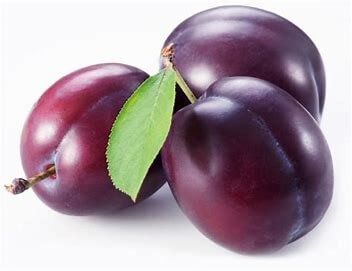 |
Prunus mume 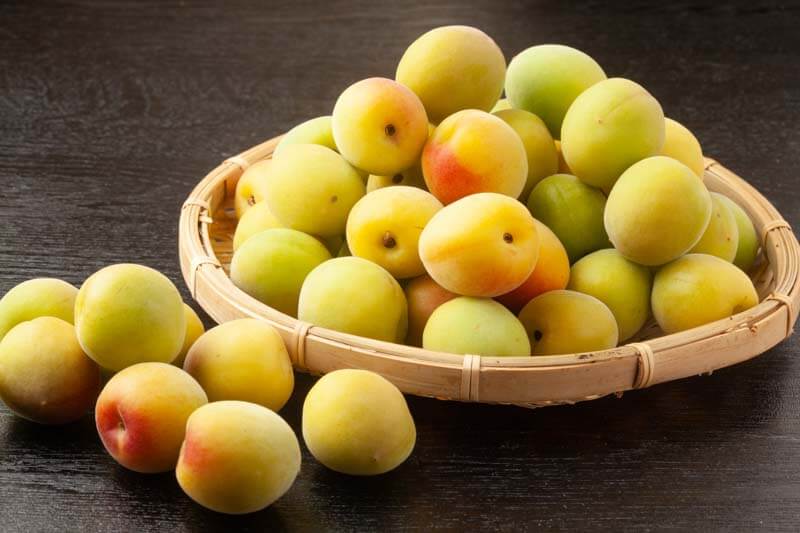 |
Rambutan 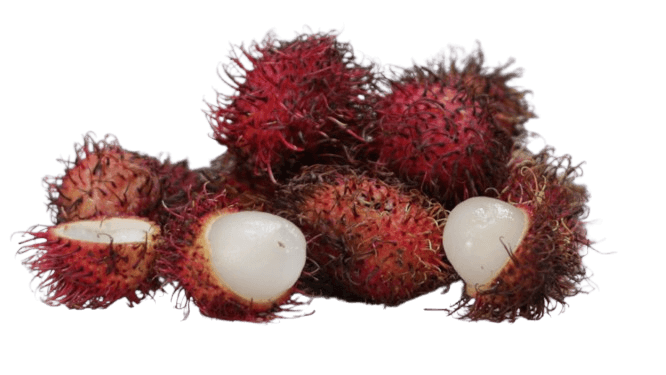 |
Red Mombin 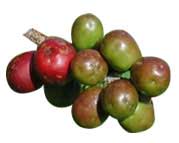 |
Salak / Snake Fruit  |
Sloe (Blackthorn) 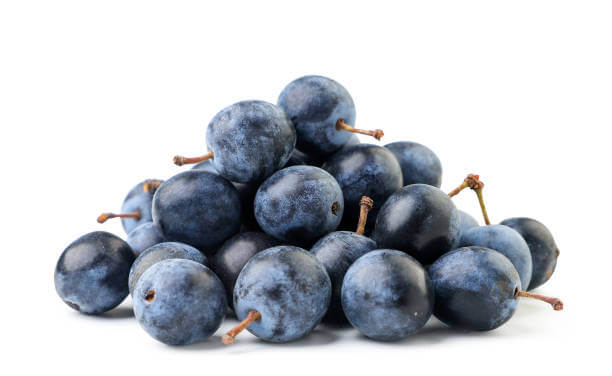 |
Umbu 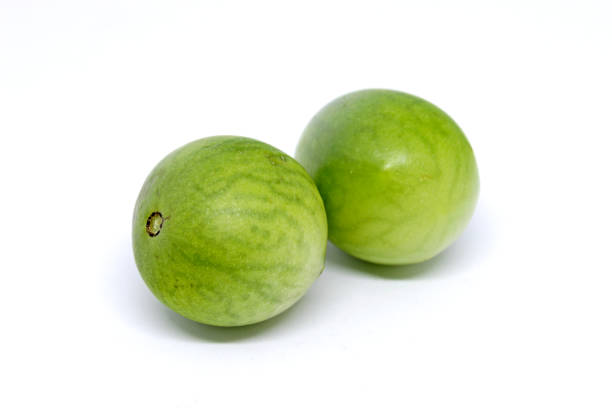 |
Lychee 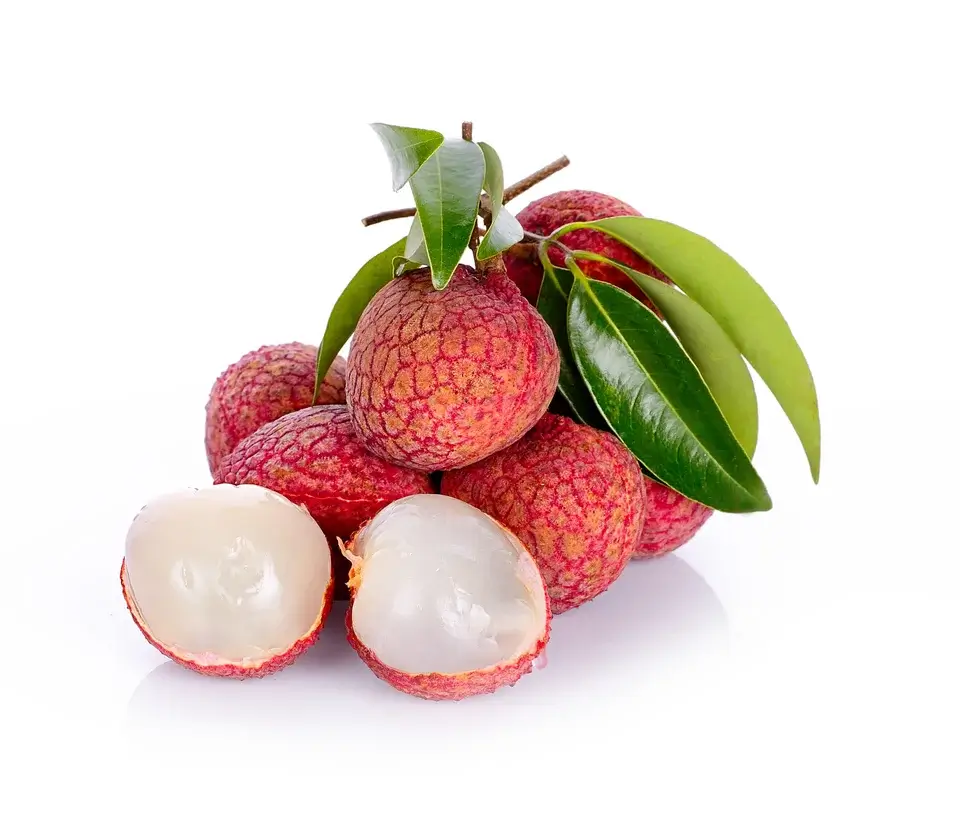 |
List of Stone Fruits
- Almond
- Apricot
- Avocado
- Black Cherry
- Black Plum
- Cherry
- Chokecherry
- Coconut
- Damson
- Date
- Dewberry
- Flatwoods Plum
- Governor’s Plum
- Hackberry
- Italian Prune
- Jocote
- Jujube
- Kei Apple
- Mango
- Mangosteen
- Mirabelle Plum
- Nectarine
- Olive
- Peach
- Plum
- Prunus mume
- Rambutan
- Red Mombin
- Salacca / Salak / Snake Fruit
- Sloe (Blackthorn)
- Tayberry
- Umbu
- Lychee
Many stone fruits are closely related and can interbreed, resulting in hybrids like pluots, apriums, and plumcots—all crosses between apricots and plums. Despite their mixed lineage, they retain the signature single stone that classifies them as drupes.
Interestingly, some stone fruits contain pits that harbor compounds like amygdalin, which can release cyanide when crushed or chewed. This is particularly true for almonds, apricot kernels, and peach pits. While swallowing a whole pit generally poses no risk, it’s wise not to eat the seed inside.
Not all fruits with a pit are drupes. For example, dates and olives are true drupes, but figs and strawberries are not, even though they contain a central seed or cluster of seeds.
